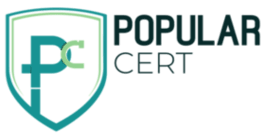ISO 45001 certification in DURBAN
Get Free Consultation
PopularCert is your trusted partner for ISO 45001 certification in Durban, offering expert guidance to help organizations implement robust Occupational Health and Safety Management Systems (OHSMS). Our experienced consultants provide comprehensive support throughout the certification process, from gap analysis and documentation to implementation and audit preparation. With PopularCert, you can seamlessly achieve ISO 45001 certification, demonstrating your commitment to workplace safety while improving operational efficiency and building a stronger safety culture. Let us help you create a safer and healthier work environment for your employees and stakeholders.
What is ISO 45001 certification?
ISO 45001 is a recognized worldwide standard for handling job safety and health. Its creation involved experts from over 70 nations, earmarking it as an excellent guide for businesses seeking to enhance safety, lower work hazards, and stimulate health in the workplace.
Reflecting on the HSE’s revelation of 1.7 million workplace illnesses and about 441,000 injuries in 2021, the importance becomes obvious. It’s vital for your entity to provide safe and healthy working conditions to prevent work-linked injuries and sicknesses.
Why ISO 45001 Certification is Important in Durban?
ISO 45001 certification is essential for businesses in Durban to prioritize employee safety and comply with South Africa’s occupational health and safety regulations. With its focus on minimizing workplace accidents and promoting a safe environment, the certification demonstrates your commitment to the well-being of your workforce. In Durban’s competitive market, ISO 45001 helps organizations build trust with clients, enhance operational efficiency, and reduce downtime caused by incidents. By achieving this certification, businesses not only improve safety but also gain a competitive edge and contribute to a culture of responsibility and care.
How to Get ISO 45001 Certification In Durban?
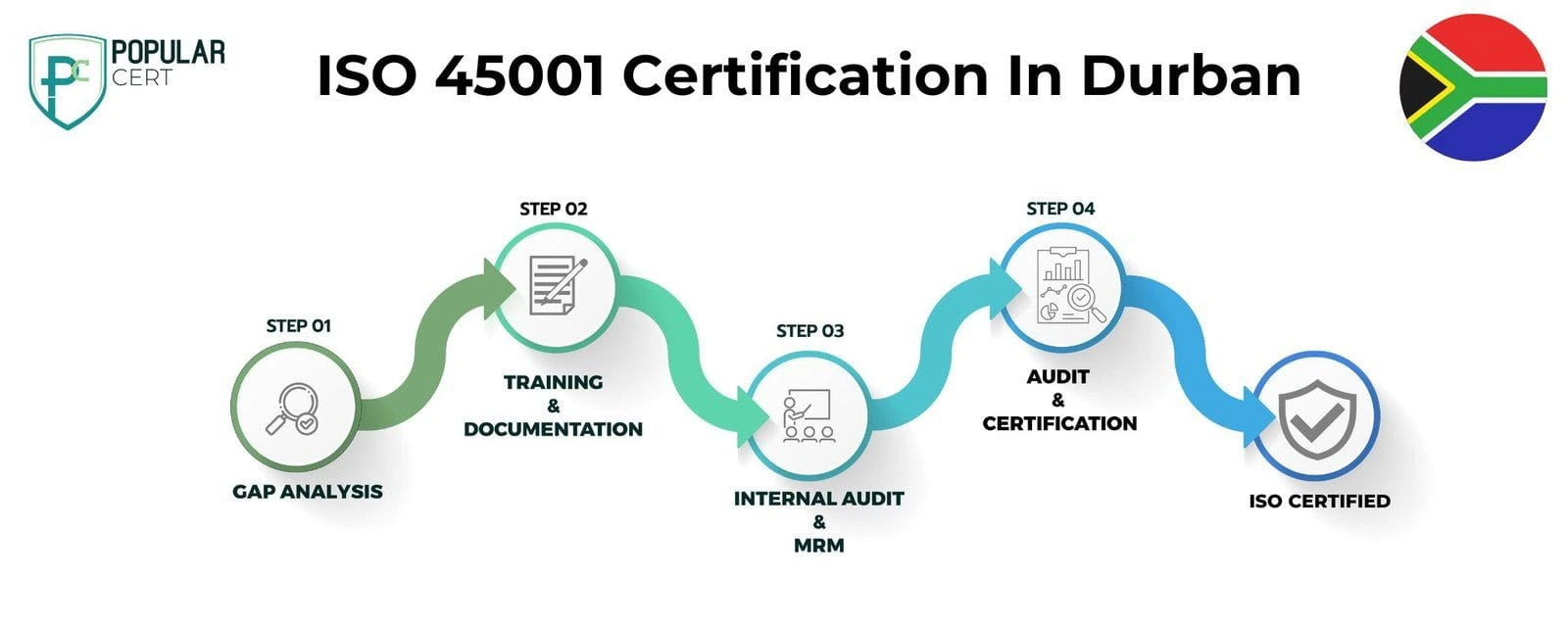
Process to Get ISO 45001 Certification In Durban
Consultation and Gap Analysis
PopularCert’s specialists assess your organization’s specific requirements and existing systems. We conduct a thorough gap analysis to pinpoint areas needing improvement to meet ISO standards.
Planning, Documentation, and Policy Development
Following the gap analysis, we create a customized implementation plan, define resource needs, and assist in developing necessary policies and documentation. These are seamlessly integrated into your current organizational framework.
Training and Awareness
Comprehensive training ensures your team understands ISO requirements and their responsibilities in maintaining the management system effectively.
Internal Audit and Management Review
We perform internal audits to evaluate system effectiveness and address any non-conformities. A management review aligns the system with your organization’s objectives and ISO standards.
External Certification Audit and Certification
After successfully completing the external audit, your organization will earn ISO certification. This reflects your commitment to excellence, strengthens credibility, and builds lasting trust with customers and stakeholders.
Benefits Of ISO 45001 Certification In Durban
- Improved Workplace Safety : ISO 45001 helps organizations in Durban create a safer work environment by identifying and controlling health and safety risks, reducing accidents and injuries.
- Demonstrates Commitment to Employee Well-being : Achieving ISO 45001 certification shows your dedication to protecting employees' health and safety, boosting trust and morale.
- Regulatory Compliance : The certification ensures your business meets local and international health and safety regulations, avoiding potential fines or legal issues.
- Resilience During Challenges : ISO 45001 helps businesses adapt to and recover more effectively from unforeseen challenges, maintaining a strong safety culture.
- Continuous Improvement : ISO 45001 promotes ongoing improvements in safety standards, creating a culture of safety and ensuring consistent progress over time.
- Enhanced Reputation : Being ISO 45001 certified boosts your reputation as a responsible and safety-conscious business, attracting clients, employees, and partners.
- Operational Efficiency : By reducing accidents and improving workplace safety, ISO 45001 helps businesses in Durban enhance their overall operational efficiency.
Types Of ISO Certification In Durban
Get Free Consultation
Our Clients
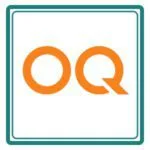

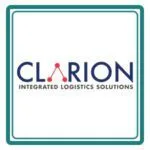
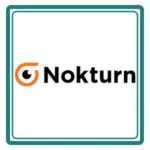

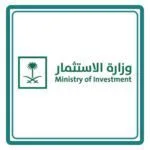
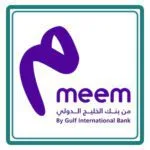
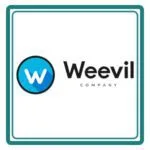
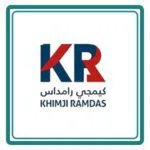

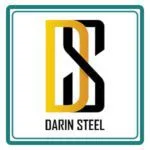
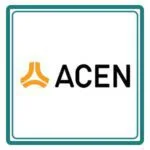
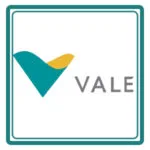

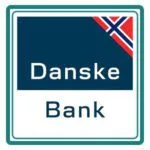

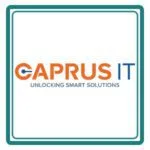

PopularCert in Durban: Shaping Safety Where It Matters Most
Durban’s PopularCert: Creating Safety Where It Counts Most
The health and safety issues in Durban vary depending on the industry. Safety at the Port of Durban entails controlling container movement and dockside hazards. Chemical risk mitigation is the focus of Umbilo’s industrial areas. Additionally, site management, scaffolding safety, and subcontractor accountability are important in the bustling construction areas of Cornubia and Umhlanga Ridge.
In addition to providing ISO 45001 consulting, PopularCert has joined Durban’s growing safety dialogue.
HOW?
We begin by learning how your team functions in actual settings as well as on paper. A workplace’s safety culture is shaped by little things like how incident reports are actually handled when no one is looking, or overheard instructions on a noisy loading dock.
- Our job is to work with you to create a system, not to impose one. One that reflects:
- The real risks in your industry
- The current practices of your team
- And your long-term company objectives
We create ISO 45001 frameworks that make sense locally and are practical, whether that means rethinking how a manufacturing facility in Prospecton handles PPE compliance or assisting a contractor in KwaMashu in streamlining site inspections.
The outcome is more than just a certificate. Safety is owned, measurable, and consistent at work—not just during audits, but every day.
Why do you need ISO 45001 in Durban?
ISO 45001 certification is vital for organizations in Durban to ensure workplace safety and comply with South African occupational health and safety regulations. Durban’s diverse industries, including construction, manufacturing, and services, face unique workplace hazards. ISO 45001 provides a structured framework to identify and mitigate these risks effectively.
By achieving ISO 45001 certification, organizations can reduce workplace accidents, enhance employee well-being, and boost productivity. It demonstrates a strong commitment to safety, building trust among employees, clients, and stakeholders. Additionally, it helps businesses avoid legal penalties, reduce downtime, and cut costs associated with workplace incidents.
In Durban’s competitive market, ISO 45001 certification enhances reputation, operational efficiency, and compliance, making it a crucial step for organizations prioritizing safety and sustainability.
Cost Of ISO 45001 Certification In Durban
The cost of ISO 45001 certification in Durban varies based on factors such as the size of your organization, the complexity of your safety management processes, and the specific requirements for certification. At PopularCert, we simplify the process by offering personalized solutions tailored to your business’s unique needs. Our expert team will guide you through every step, ensuring you meet ISO 45001 standards, improve workplace safety, and foster a culture of health and safety. Trust PopularCert to help you achieve ISO 45001 certification and enhance your business’s commitment to a safe working environment.
For more information and to apply for your ISO 45001 Certification In Durban, contact us at [email protected]. We will guide you through the process and provide details on the cost involved to help you get started on your ISO Certification journey with PopularCert in Durban.
Why Choose PopularCert For ISO 45001 Certification In Durban?
Choose PopularCert for ISO 45001 certification in Durban to ensure your business prioritizes health and safety standards in the workplace. Our expert team will guide you step-by-step, from understanding compliance requirements to achieving successful certification. We help streamline your processes, improve safety practices, and ensure full adherence to ISO 45001 regulations. At PopularCert, we provide tailored support to suit your company’s specific needs, making the certification journey smooth and straightforward. Trust us to enhance your safety standards, build trust with employees, and create a safer working environment with ISO 45001 certification.
GET A FREE CONSULTATION NOW
FAQ
What is ISO 45001 Certification?
ISO 45001 is an international standard for Occupational Health and Safety Management Systems (OHSMS). It provides a framework for organizations to manage and improve workplace safety, reduce risks, and comply with regulations. ISO 45001 helps organizations create safer work environments, enhance employee well-being, and improve overall operational efficiency, demonstrating a commitment to safety and health.
What is the duration required to obtain ISO 45001 Certification?
The time to obtain ISO 45001 Certification depends on the organization’s size, complexity, and readiness. Typically, it takes 3 to 6 months.
What are the benefits of ISO 45001 Certification?
ISO 45001 certification enhances workplace safety, reduces accidents, improves employee well-being, ensures legal compliance, boosts reputation, increases operational efficiency, and demonstrates a commitment to a safe and healthy work environment.
How much does ISO 45001 Certification cost?
The cost of ISO 45001 certification varies based on factors such as organization size, complexity, and current safety practices. It typically includes expenses for gap analysis, training, documentation, implementation, internal audits, and certification body fees. Contact a provider for a tailored quote.
What support does PopularCert offer during the certification process?
We provide all-encompassing support, which includes advice, help with documentation, instruction, audit support and help with certification.
